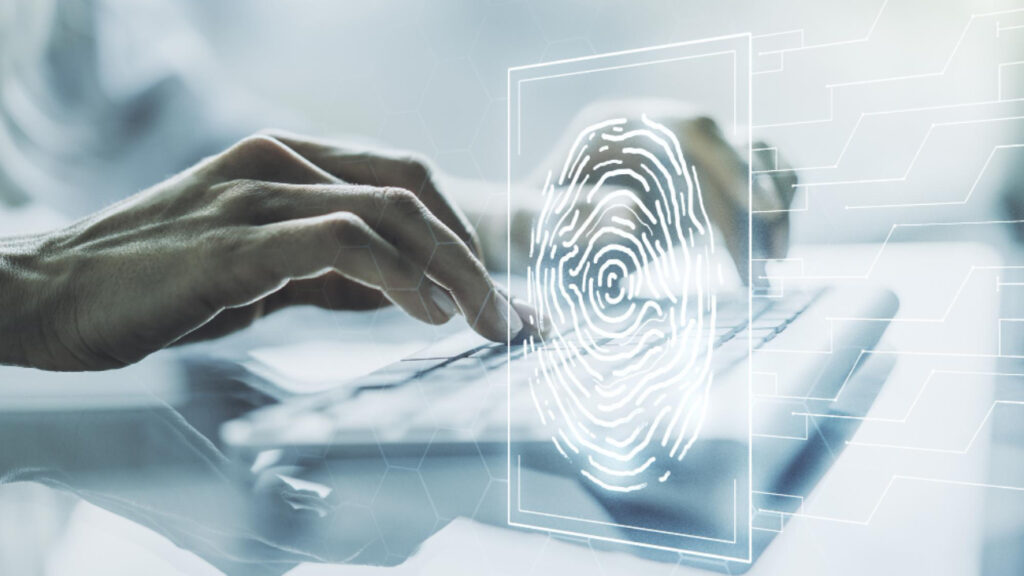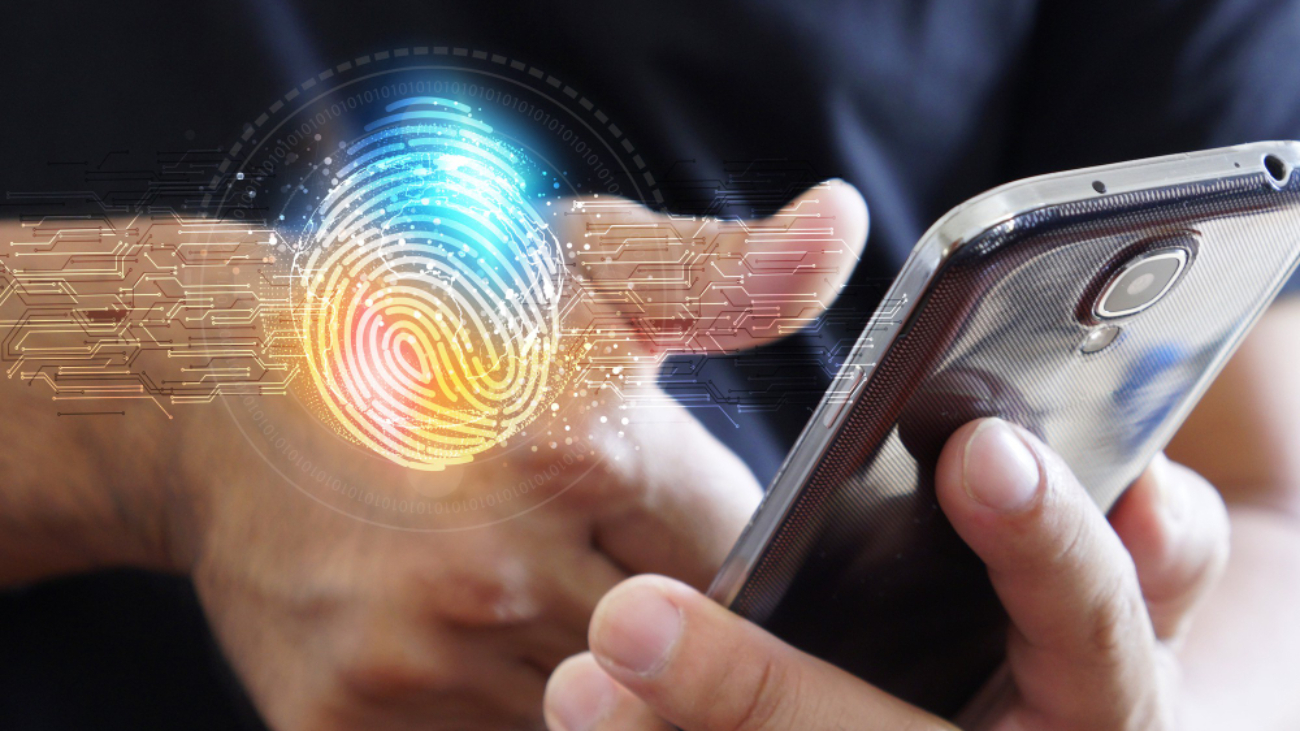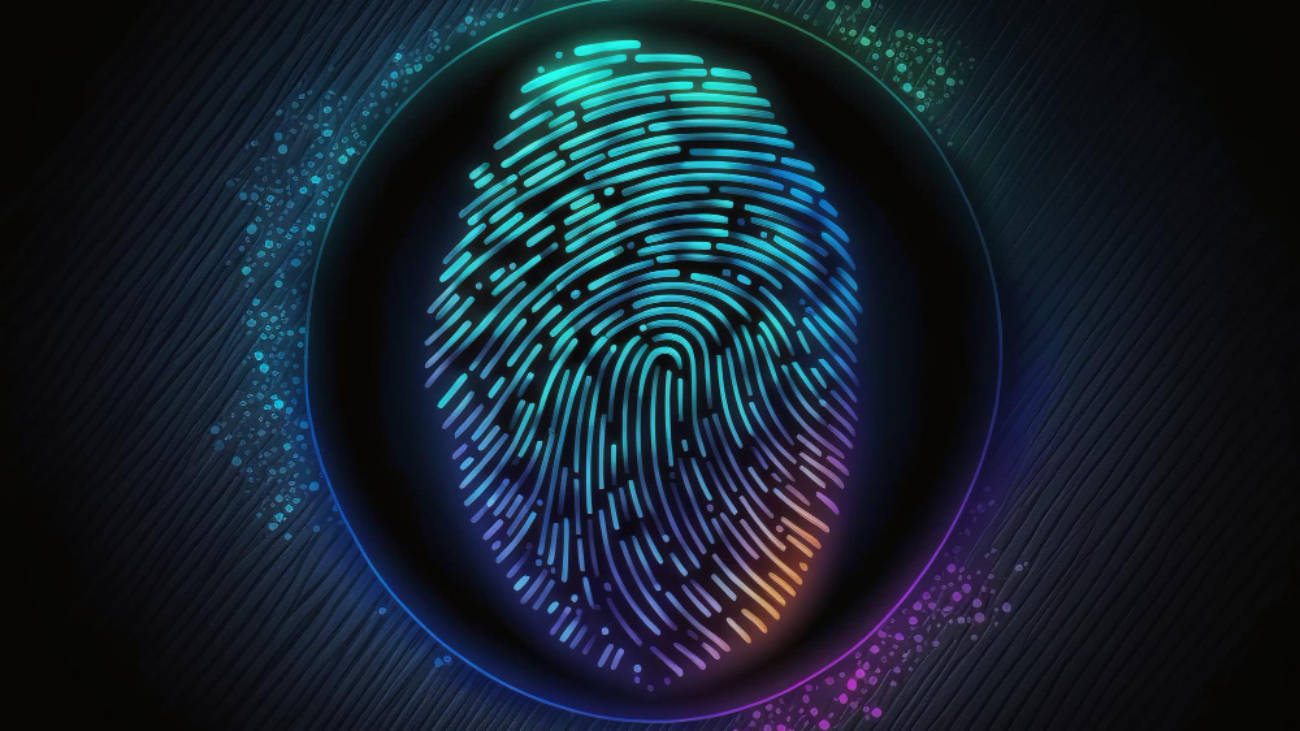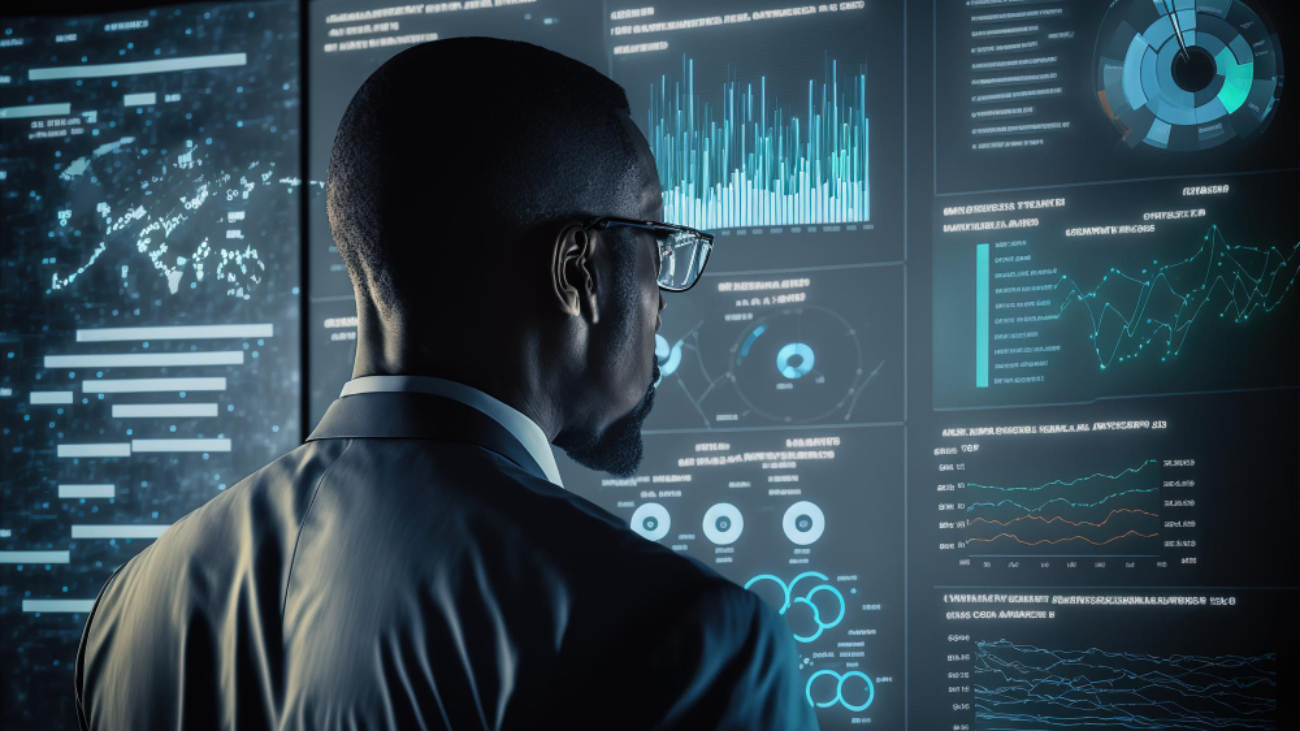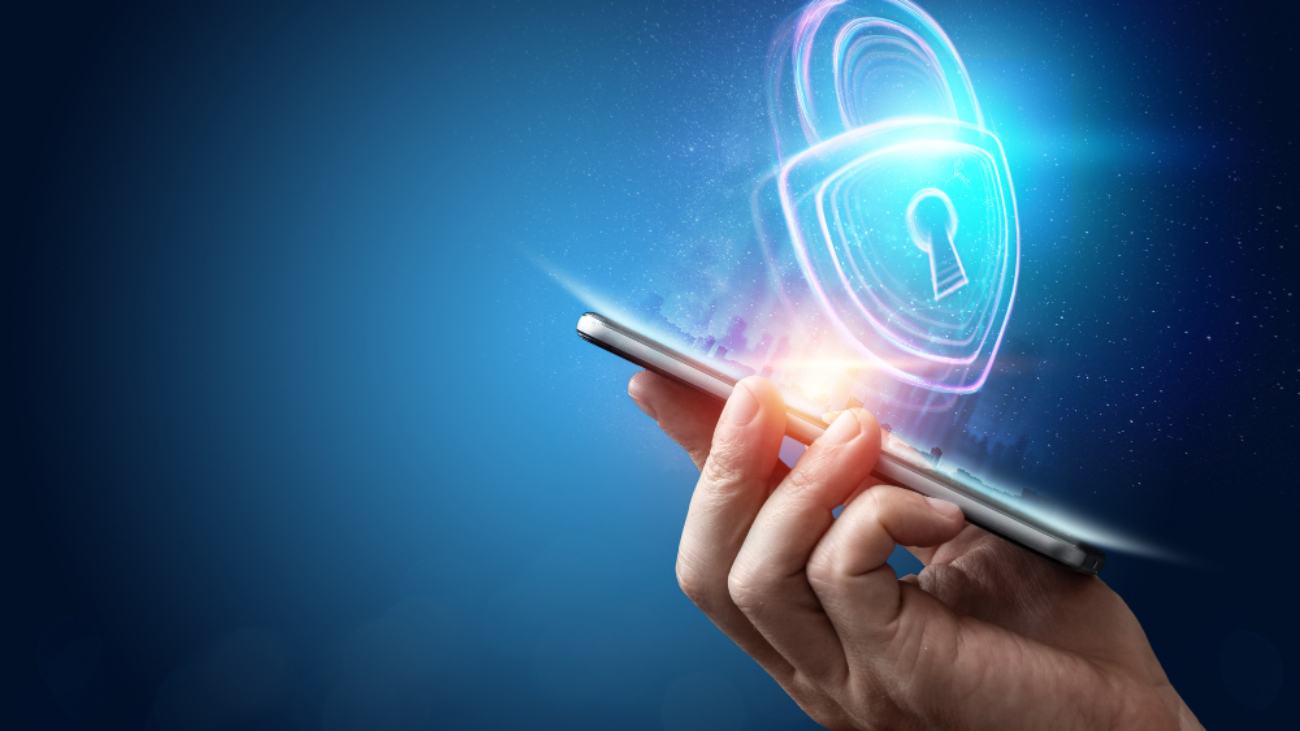Bahaa Abdul Hadi feels that biometric systems take biological traits such as facial photos and body movements as their starting point for distinguishing individual identities. However, they are not impenetrable to attack, especially from spoofing.
Spoofing means that an agent could mimic the characteristics of a legitimate user to deceive biometric systems. Liveness detection—while it may sound like a branch of philosophy—is actually the key technology used to prevent these attempted frauds by guaranteeing authenticity for biometric data.
What is Liveness Detection?
Liveness detection is the ability of a biometric system to tell the difference between live people and fake or copied biometric samples. A “live” sample, of course, comes from a real person who is actually present at the time of authentication, while a spoofed sample might be an image, video or replica of the user’s biometric trait (e.g., a photo of the face or a silicone fingerprint).
Liveness detection employs a variety of methods, all powered by artificial intelligence (AI), to identify those subtle and difficult-to-fake signs of life in biometric data. Some of the signs are eye movement, facial muscles contracting, skin texture, and patterns in the human heartbeat.
The Threat of Spoofing
Spoofing attempts might be accompanied by simple methods that do no more than presenting a photo of someone’s face, or they can come downcalanced with more advanced techniques like 3D Printed Fingerprints and facial models. Without effective liveness detection, biometric systems are left open to these attacks-which can lead to unauthorized entry and identity theft or security breaches.
Using AI to Improve Liveness Detection
Artificial Intelligence is pivotal to catching spoofing attempts. Former systems employed simple algorithms for biometric data analysis, but the arrival of AI-based solutions in this field, incorporating advanced learning techniques such as machine learning and deep learning, has brought about a sea change.
This technology makes it possible for systems to:
- Analyze Dynamic Behavior: AI can catch micro movements such as blinking or moving your head up, down, left and right. These are hard to duplicate with static photos and videos.
- Identification of Texture and Reflectivity: Liveness detection algorithms can tell whether or not the surface texture of (for example) the skin is real, as opposed to being counterfeit created by some synthetic material.
- Learning and Evolution: Machine learning algorithms constantly evolve to detect new types of spoofing methods ever more reliably.
Methods of Liveness Detection
AI-driven liveness detection uses a variety of techniques to ensure the biometric system can differentiate between live people and fakes.
These methods include:
- 2D and 3D facial recognition: AI analyzes depth, texture, and contours to differentiate between a live face and a photo or 3D model.
- Motion analysis: Whether you blink or turn your head slightly, dynamic behaviors are monitored to make sure life is there. A real person will naturally have small movements, while a photo or video will be dead still.
- Infrared and thermal imaging: AI systems can analyze infrared light and thermal signatures to see whether a biometric sample comes from a living human or nonliving object.
- Flow in the Blood: In advanced liveness detection systems that work on the skin, it’s possible to monitor changes in skin tone caused by blood circulation that are characteristic of living human tissues.
Real-World Applications
Liveness detection is getting more and more attention in a variety of fields with high-level security requirements.
Some examples of this include:
- Mobile Payments: Fingerprint Recognition and Facial Recognition to Ensure Safe Transactions.
- Fintech: Utilization of the user’s ID code verifies that remote banking transactions and ATM transactions are being done by the individual to whom an account has been registered
- Government Services: National Security is Enhanced by Identity Verification Systems Like Passports and Border Checks.
Conclusion
As AI continues to evolve, the validity detection technology will only improve, bringing even higher precision and resistance to fraud. Through the adoption of life-detection methods in the biometric system, organizations are able to provide users with secure, reliable and easy-to-use authentication.
This will lay the foundation for a safer digital future in which everyone can feel confident. At present, investment in AI-based liveness detection would be a wise move as future challenges in the field of biometric security will be met with methods that have already been thoroughly tested. Thank you for your interest in Bahaa Abdul Hadi blogs. For more information, please visit www.bahaaabdulhadi.com.
